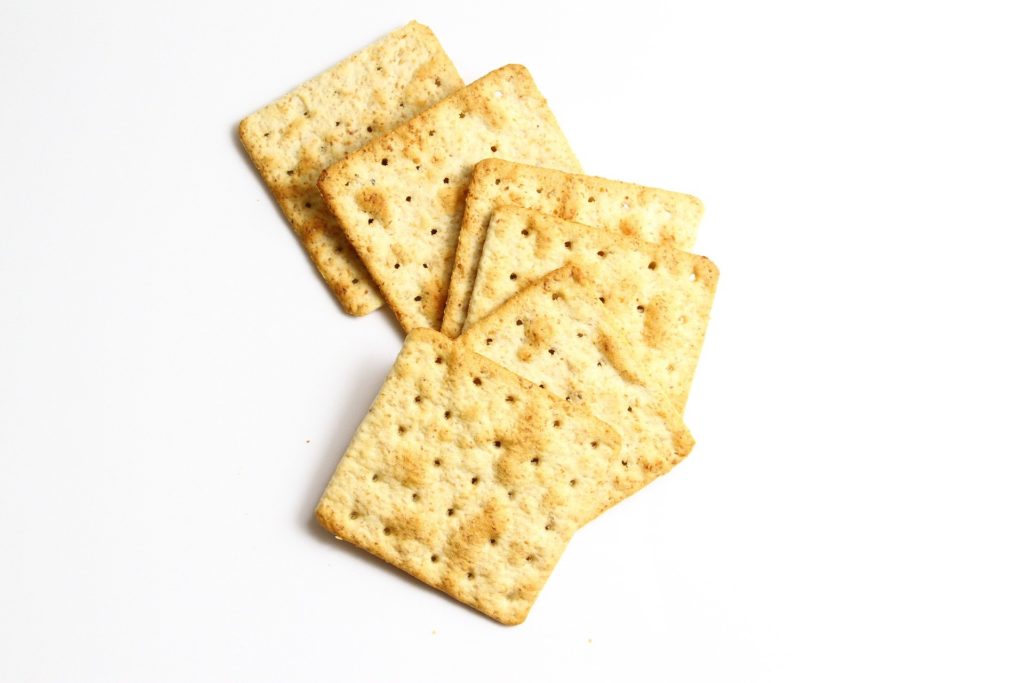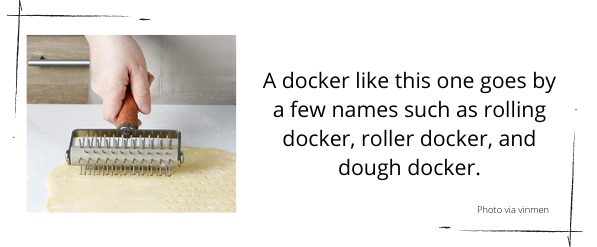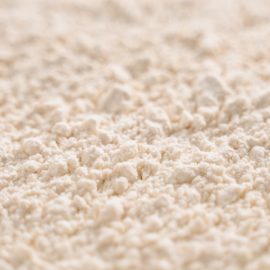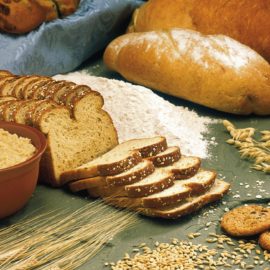
When you think about it, the term “cracker” may sound like a funny name for a baked product. The word “cracker” was coined in 1801 in Massachusetts, USA when American businessman Josiah Bent noticed that a batch of burning baked food, that is now called cracker, was making a cracking sound.
Today, almost all brands of crackers have holes. Have you ever wondered why they do? Why do Ritz crackers have 7 holes in them? Skyflakes crackers with 54? Are they for aesthetic? If the holes in the crackers attract consumers, then that is definitely a plus. The real reason why crackers have holes is that they aid in baking the crackers properly.
These well-positioned holes allow the steam to escape the process
During the cooking of the crackers, these holes allow the steam to escape the process. Without perforating the crackers, they would rise, just like your regular bread. And that is not a typical characteristic of a cracker, right? Doing so also helps the crackers become crisp, which adds more distinct flavor.
Further read: The Strange Reason Why Graham Crackers Were Invented
When making crackers, the dough is made into flat sheets. The sheets are then transferred to a section called a docker. A docker is like a huge cylinder of docker pins or spikes. As it rolls over the surface, the pins leave behind holes in the dough. Although a docker is commonly used in huge bakeries or food factories, there are also versions of dockers for the casual baking at home, like the photo below. Cool, right?

The position and the number of holes completely do not depend on which way they will look good. And they are not made at random places either. They vary largely on the size and the shape of the cracker. The baking ingredients and the baking temperature are also considered.
Placing the holes too close together will only result in a dry and hard cracker due to excessive steam escaping during cooking. Sometimes, the cracker eventually disintegrates. But holes that are too much far apart will result in rising in some parts of cracker. And since bubbles of air tend to expand whenever heated, the molecules will move faster, and eventually find their way on the surface. They may also explode, leaving behind marks that look like craters.
A dough with holes that are placed of uniform distance before loading it in the oven will result in crisp, tasty, and flat or thin crackers, just like how you like them.


